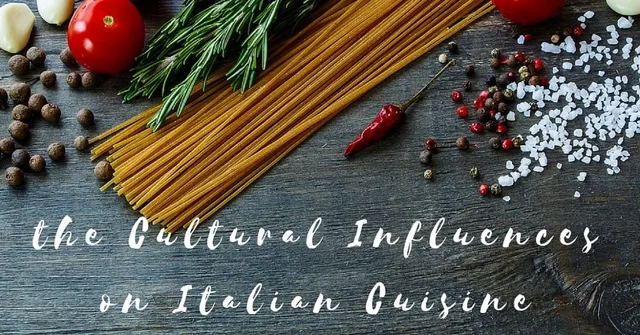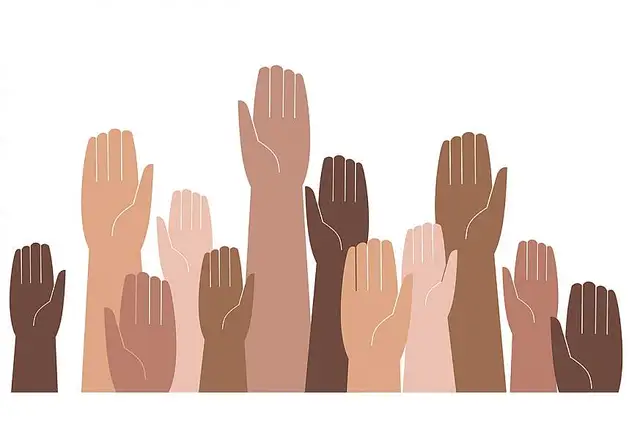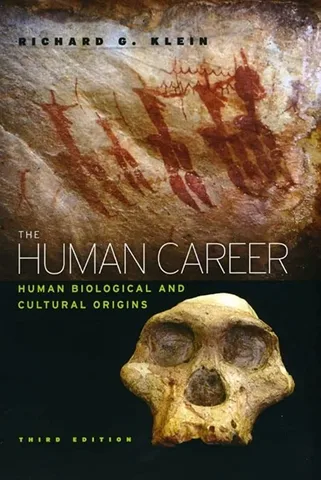
What is real culture and its examples?
Understanding the Concept of Real Culture
Before diving into the examples, it's crucial to understand what real culture means. Real culture, also referred to as lived culture, is the actual way people live and behave in society. It includes the values, beliefs, customs, and practices that people engage in their everyday lives. This differs from ideal culture, which refers to the beliefs and values that society aspires to achieve. While the latter serves as a guiding framework, real culture is a reflection of how people put those values into practice.
Now that we have a grasp of real culture let's explore some of its examples. These examples will help us appreciate the diversity and richness of cultures around the world and encourage us to reflect on our own cultural practices.
The Richness of Language
Language is a fundamental aspect of culture, and it plays a significant role in shaping our thoughts, beliefs, and experiences. Real culture is often best illustrated through the languages we speak and the way we communicate. For example, in some cultures, there might be dozens of different words for various shades of a single color, while in others, there might not even be a word for that color at all. This highlights the importance of language in expressing and understanding cultural values and experiences.
Another example of language as real culture is the use of slang, colloquial expressions, and regional dialects. These linguistic variations often reveal the unique characteristics of a specific community or group within a larger society. They can also serve as markers of identity, social status, or even political affiliation.
Cuisine: A Delicious Expression of Culture
Food is another essential aspect of real culture. The way we cook, eat, and share food is deeply rooted in our cultural values and customs. For example, the Mediterranean diet, which emphasizes fresh fruits, vegetables, and healthy fats, reflects the region's agricultural abundance and the importance of shared meals among family and friends. Similarly, the spicy flavors and bold ingredients in Indian cuisine reflect the country's rich history, diverse climate, and vibrant culture.
Food preparation and presentation are also important aspects of real culture. The meticulous preparation of sushi in Japan, for instance, reveals the value the culture places on precision, aesthetics, and harmony with nature. Meanwhile, the lively atmosphere and communal dining experiences in many Latin American countries showcase the importance of social connections and celebrating life through food.
Festivals and Celebrations: Embracing Cultural Traditions
Festivals and celebrations offer some of the most vivid examples of real culture in action. These events often revolve around religious, historical, or cultural themes, and they provide a space for communities to come together to express and pass down their values, beliefs, and customs. For example, Diwali, the Hindu festival of lights, is celebrated by millions of people worldwide and showcases the triumph of light over darkness and good over evil.
Another example is the Day of the Dead in Mexico, a colorful and lively celebration that honors deceased loved ones and celebrates the cycle of life and death. These festivals not only offer a glimpse into the cultural practices of a society, but they also promote unity, understanding, and appreciation for our shared human experiences.
Art and Creative Expression: A Mirror of Culture
Art is a powerful medium that often reflects and shapes real culture. Through various forms of artistic expression, such as painting, sculpture, music, dance, and literature, people can convey their cultural values, beliefs, and experiences. For example, the intricate patterns and vivid colors found in traditional African art reveal the region's rich cultural history and the importance of symbolism and storytelling in African societies.
Similarly, the emotive and passionate performances of flamenco dancers in Spain offer a glimpse into the country's history, particularly the influence of the Romani people and their struggle for freedom and expression. Art serves as a vital tool for preserving and promoting real culture, while also fostering creativity, empathy, and understanding across cultural boundaries.
Religion and Spirituality: Shaping Cultural Beliefs
Religion and spirituality are significant aspects of real culture that influence people's beliefs, values, and practices. These belief systems often provide a sense of identity, purpose, and community for individuals and serve as a guiding framework for how they navigate the world. For example, the teachings of Buddhism, which emphasize compassion, mindfulness, and the pursuit of enlightenment, have shaped various aspects of Asian cultures, including art, architecture, and social customs.
Similarly, the Islamic faith has had a profound influence on the cultural practices and values of people in many countries across the Middle East, Africa, and Asia. Through religious and spiritual beliefs, people can find meaning, inspiration, and connection with others, making religion a central aspect of real culture.
Sports and Recreation: Building Community and Identity
Sports and recreational activities are another essential aspect of real culture, providing opportunities for individuals to connect, compete, and celebrate their shared interests and values. For example, soccer, or football as it's known outside of the United States, is a sport that transcends cultural boundaries and unites people around the world. The passion and enthusiasm surrounding soccer matches reveal the deep sense of pride and identity that many people associate with their national teams.
Similarly, traditional sports like sumo wrestling in Japan or Gaelic games in Ireland reflect the unique history and cultural values of these societies. Participating in or supporting these activities allows people to connect with their cultural roots and fosters a sense of community and belonging.
Family and Social Customs: The Foundation of Real Culture
Family and social customs are at the heart of real culture, shaping the way we interact with others and form relationships. These customs often reflect the values and priorities of a society, such as the importance of family bonds, respect for elders, or gender roles. For example, in many Asian cultures, the practice of filial piety, or showing respect and care for one's parents and ancestors, is deeply ingrained and influences many aspects of daily life, from living arrangements to career choices.
Similarly, the tradition of siesta in Spain, where businesses close for a few hours in the afternoon to allow workers to rest and spend time with family, highlights the value placed on work-life balance and quality of life. By understanding and appreciating the family and social customs of different cultures, we can gain a deeper insight into the values and beliefs that underpin real culture.
Final Thoughts: Embracing and Appreciating Real Culture
Real culture encompasses the values, beliefs, customs, and practices that shape our everyday lives and interactions. By exploring the richness and diversity of real culture through examples such as language, cuisine, festivals, art, religion, sports, and family customs, we can foster a greater understanding and appreciation for our shared human experiences. As we continue to learn from and engage with different cultures, we can ultimately work towards building a more inclusive, empathetic, and connected world.







